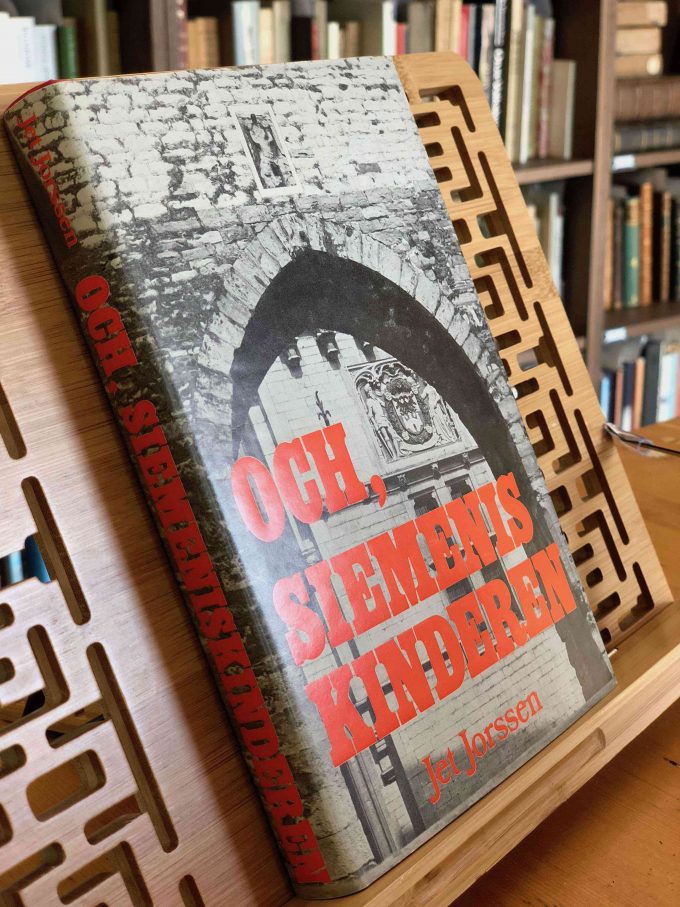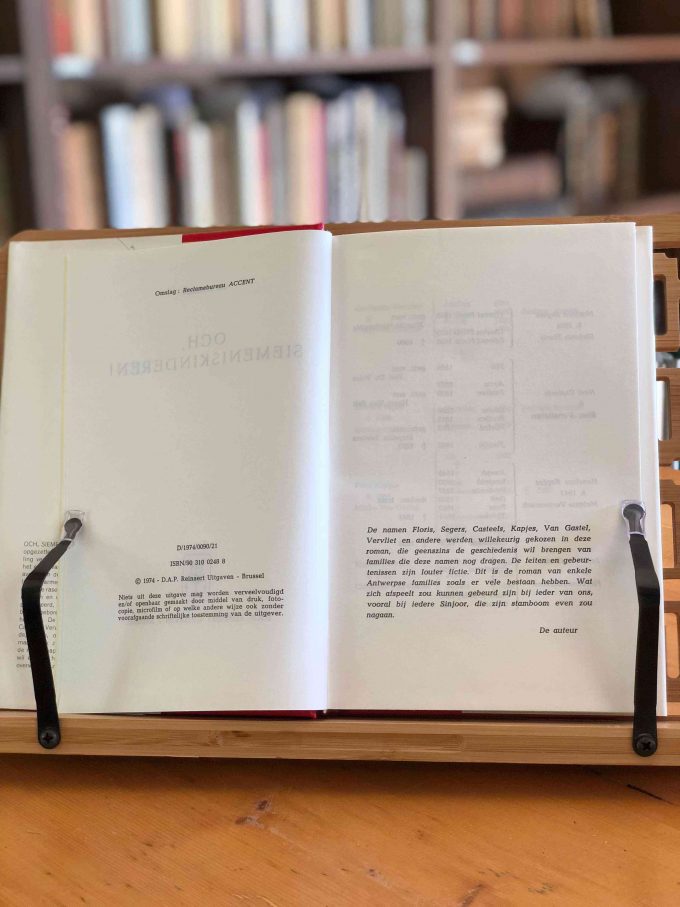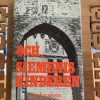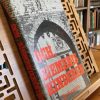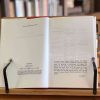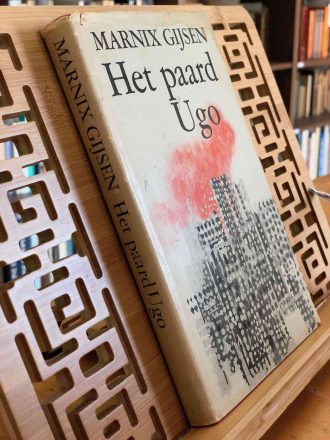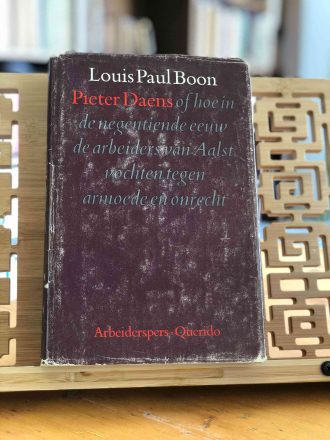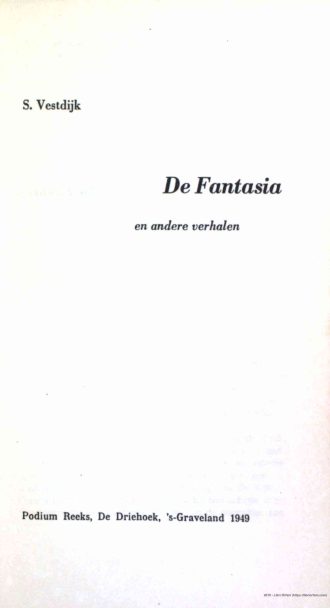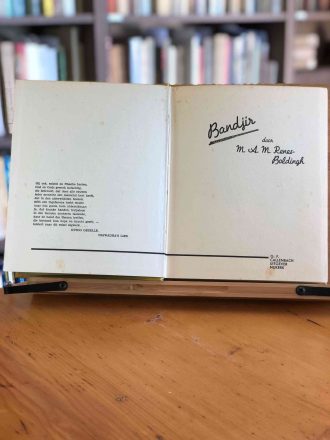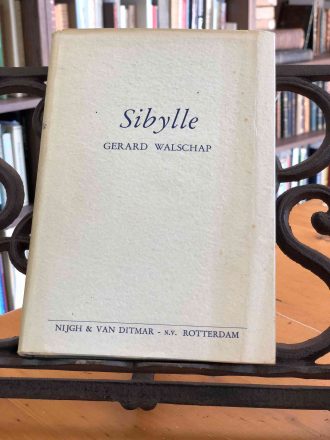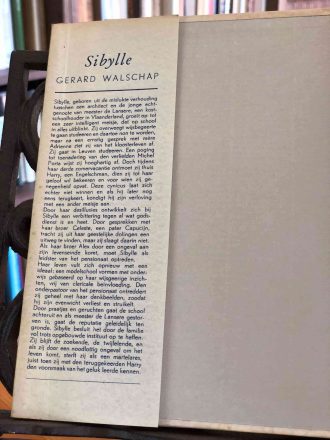Nederlands
Och, siemeniskinderen! (1974) door Jet Jorssen, uitgegeven door D.A.P. Reinaert Uitgaven in Brussel, is een uitgebreid en levendig verhaal over het lot van de armsten in Antwerpen in de periode 1880-1914. Deze eerste editie, voorzien van een hardcover met stofomslag, verkeert in uitstekende staat en biedt een krachtig portret van een sociaal en economisch turbulente tijd in de stad.
Jorssen schetst in dit boek een aangrijpend beeld van de strijd en het dagelijks leven van de meest behoeftigen in de stad, en hoe zij proberen te ontsnappen aan de onderdrukking door de rijken en de bourgeoisie. Door scherpe en nauwkeurige personages uit verschillende sociale lagen te creëren, weet ze een diversiteit aan ervaringen en perspectieven te bieden die het verhaal tot leven brengen.
Het verhaal begint met een introductie van de verschillende personages en hun omstandigheden, variërend van werkende gezinnen die proberen de eindjes aan elkaar te knopen, tot individuen die worstelen met werkloosheid en armoede. Jorssen’s aandacht voor detail en historische context maakt het mogelijk om een authentiek beeld te krijgen van de sociale ongelijkheid en de uitdagingen waarmee deze mensen dagelijks werden geconfronteerd.
De hoofdthema’s van het boek omvatten de strijd om waardigheid en de zoektocht naar emancipatie, tegen een achtergrond van economische onzekerheid en sociale onrechtvaardigheid. De personages worden neergezet met een diepgaande psychologische ontwikkeling, waardoor hun strijd om te overleven en hun pogingen om een beter leven te vinden, resoneren met de lezer. De vertelstijl van Jorssen is rijk aan beschrijvingen en biedt een levendig beeld van Antwerpen in die tijd, waarbij ze zowel de schoonheid als de hardheid van het leven van de armsten belicht.
Och, siemeniskinderen! is het eerste deel van een trilogie, met Wat nu, Sinjoor? (1975) en En toch, Brabo (1976) als de andere delen. Elk boek in de trilogie verkent verschillende aspecten van de sociale dynamiek en de historische ontwikkelingen in Antwerpen, en samen bieden ze een diepgaand inzicht in de complexiteit van de stad en haar bewoners in het begin van de 20e eeuw.
Jorssen’s werk is een waardevolle bijdrage aan de literatuur over sociale kwesties en historische fictie. Haar vermogen om historische realiteit met fictieve vertelling te combineren maakt deze roman tot een krachtig en boeiend werk dat zowel informatief als ontroerend is.
Jet Jorssen (1930-2007) was een Vlaamse schrijfster, bekend om haar bijdragen aan de sociaal-historische literatuur. Geboren in Antwerpen, richtte Jorssen zich in haar werk vaak op de strijd en uitdagingen van gewone mensen, met een bijzondere nadruk op sociale rechtvaardigheid en de omstandigheden van de arbeidersklasse. Haar trilogie over Antwerpen in de late 19e en vroege 20e eeuw, te beginnen met Och, siemeniskinderen!, toont haar diepe betrokkenheid bij de sociale geschiedenis van haar stad en haar vermogen om complexe sociale thema’s te verweven met meeslepende verhalen. Haar werk wordt geprezen om zijn rijke beschrijvingen, historische nauwkeurigheid, en empathische vertelling.
English
Och, siemeniskinderen! (Oh, Children of the Poor!) (1974) by Jet Jorssen, published by D.A.P. Reinaert Uitgaven in Brussels, is an expansive and vivid depiction of the plight of the poorest people in Antwerp during the period 1880-1914. This first edition, featuring a hardcover with a dust jacket, is in excellent condition and provides a powerful portrait of a socially and economically turbulent time in the city.
Jorssen crafts a compelling narrative that delves into the struggles and daily lives of the most disadvantaged people in the city, showing how they strive to escape the oppression by the wealthy and the bourgeoisie. By creating sharply drawn characters from various social strata, she offers a diversity of experiences and perspectives that bring the story to life.
The book begins by introducing various characters and their circumstances, ranging from working families trying to make ends meet to individuals struggling with unemployment and poverty. Jorssen’s attention to detail and historical context allows readers to gain an authentic view of the social inequality and the challenges these people faced daily.
The main themes of the book include the fight for dignity and the quest for emancipation, set against a backdrop of economic uncertainty and social injustice. The characters are portrayed with deep psychological development, making their struggle to survive and their attempts to find a better life resonate with the reader. Jorssen’s narrative style is rich in descriptions, offering a vivid picture of Antwerp at that time, highlighting both the beauty and the harshness of the lives of the poorest.
Och, siemeniskinderen! is the first part of a trilogy, followed by Wat nu, Sinjoor? (What Now, Sinjoor?) (1975) and En toch, Brabo (And Yet, Brabo) (1976). Each book in the trilogy explores different aspects of the social dynamics and historical developments in Antwerp, together providing a deep insight into the complexity of the city and its inhabitants in the early 20th century.
Jorssen’s work is a valuable contribution to literature on social issues and historical fiction. Her ability to combine historical reality with fictional narrative makes this novel a powerful and engaging work that is both informative and moving.
Jet Jorssen (1930-2007) was a Flemish writer known for her contributions to social-historical literature. Born in Antwerp, Jorssen often focused on the struggles and challenges of ordinary people in her work, with a particular emphasis on social justice and the conditions of the working class. Her trilogy about Antwerp in the late 19th and early 20th centuries, starting with Och, siemeniskinderen!, showcases her deep engagement with the social history of her city and her ability to weave complex social themes with compelling storytelling. Her work is praised for its rich descriptions, historical accuracy, and empathetic narrative.

